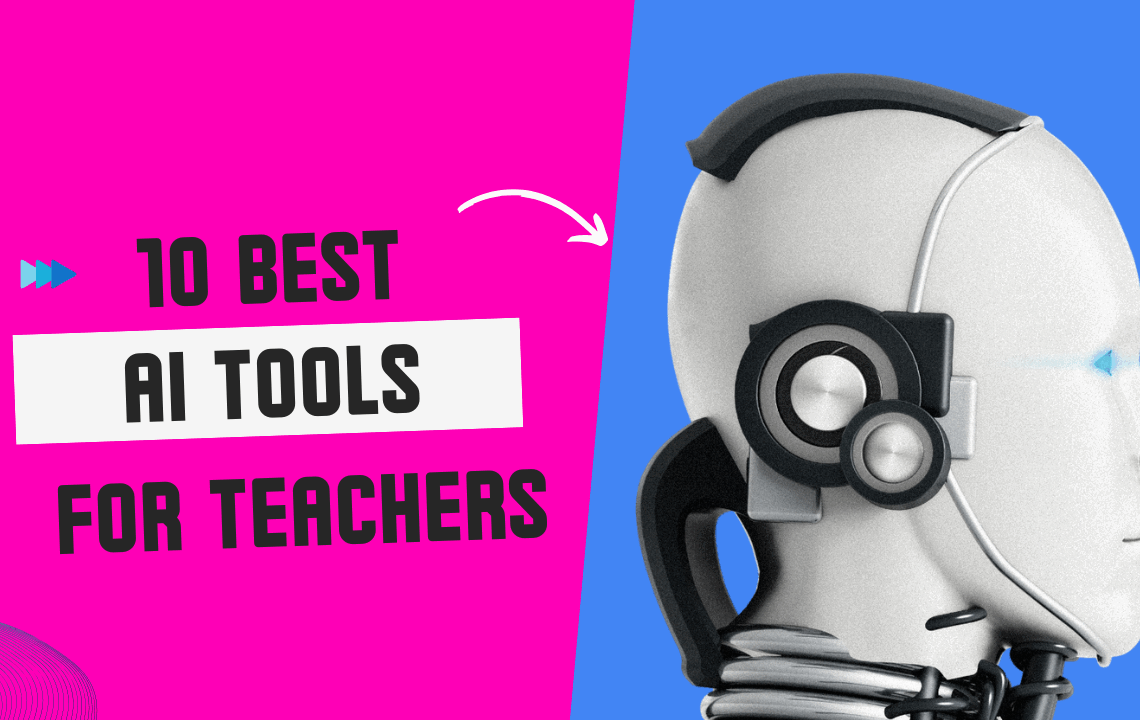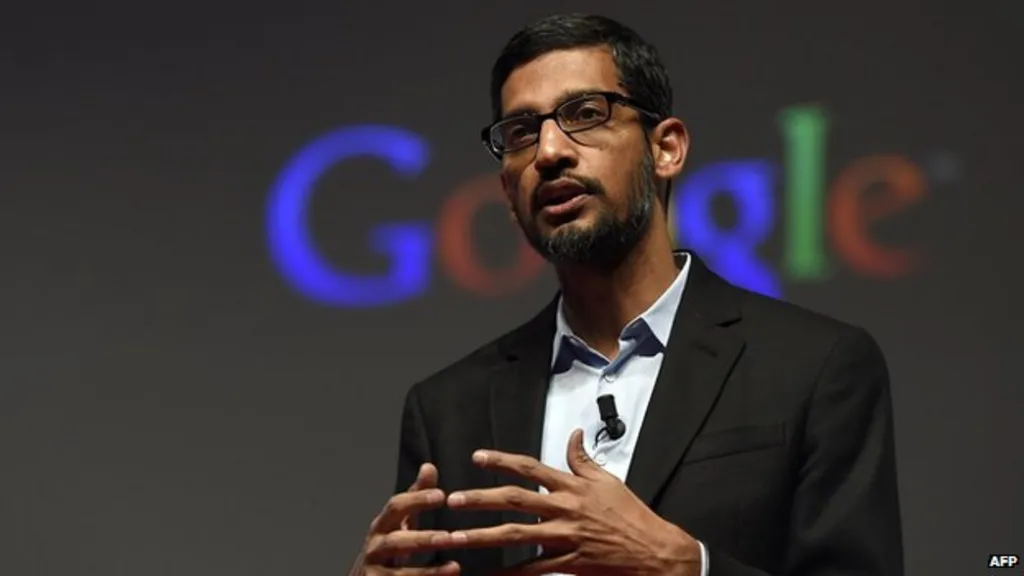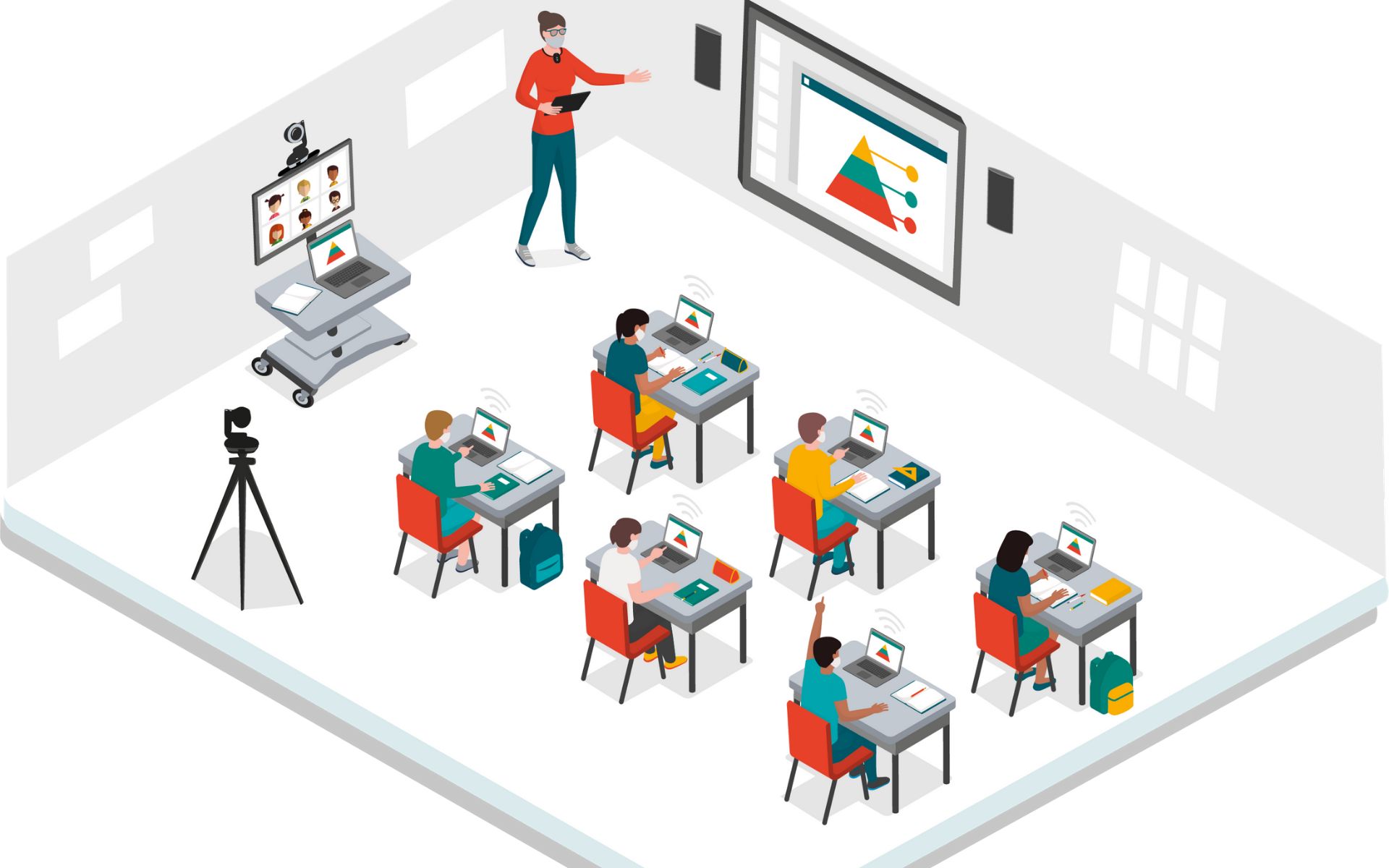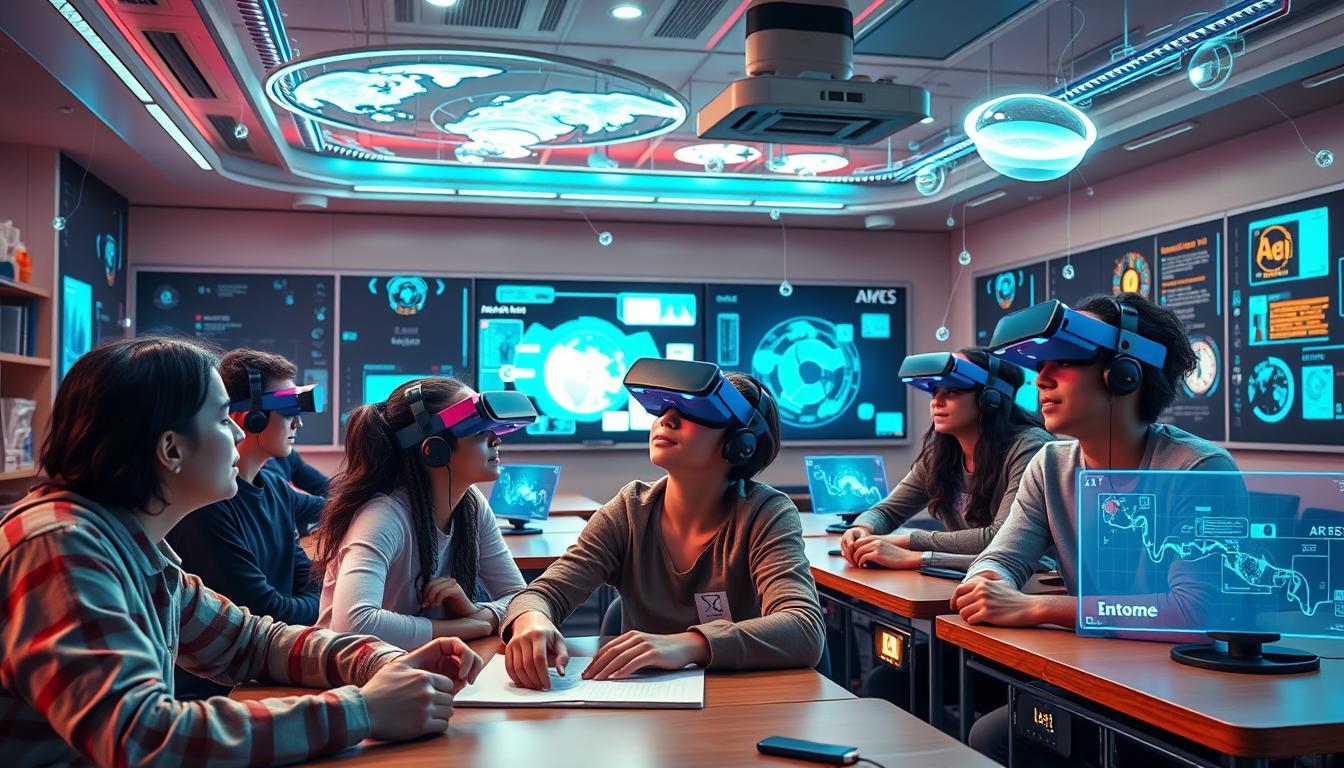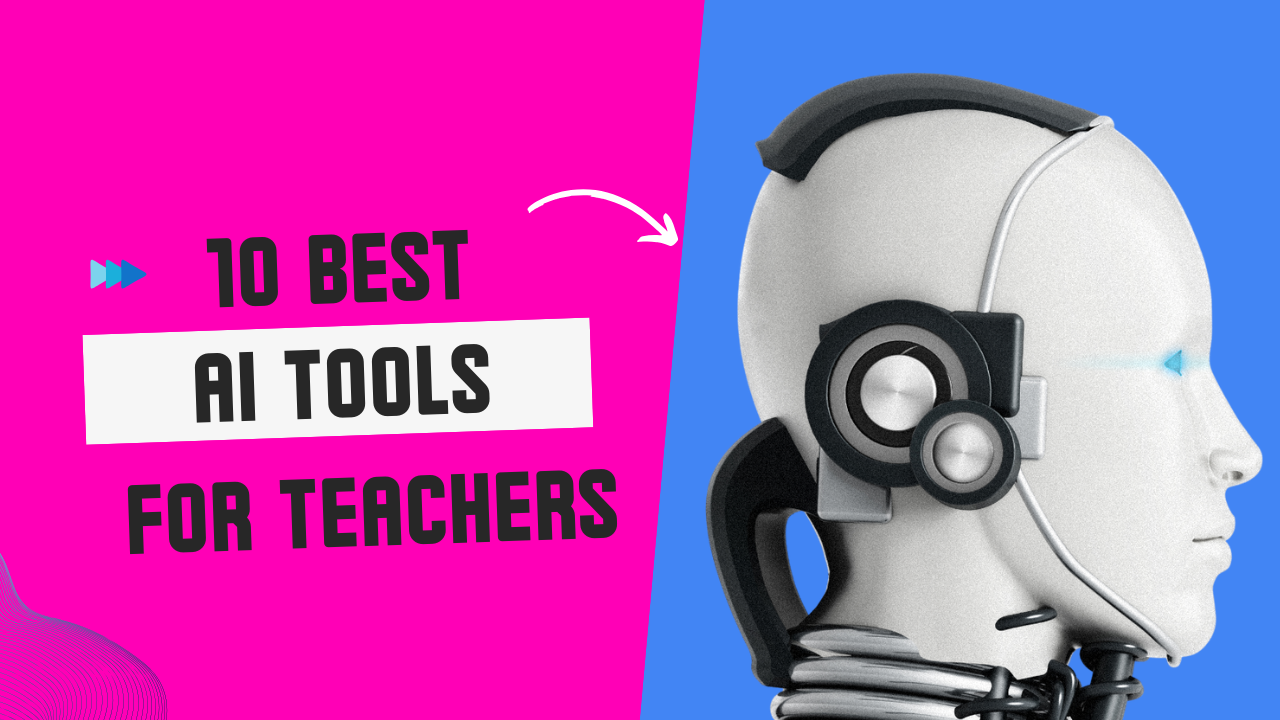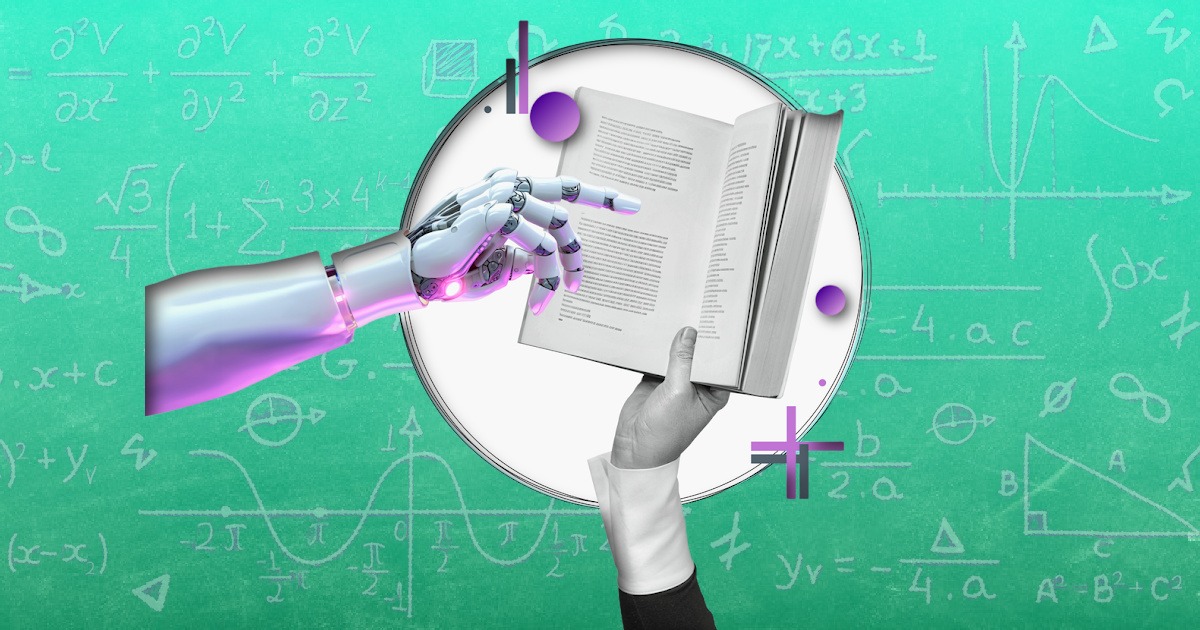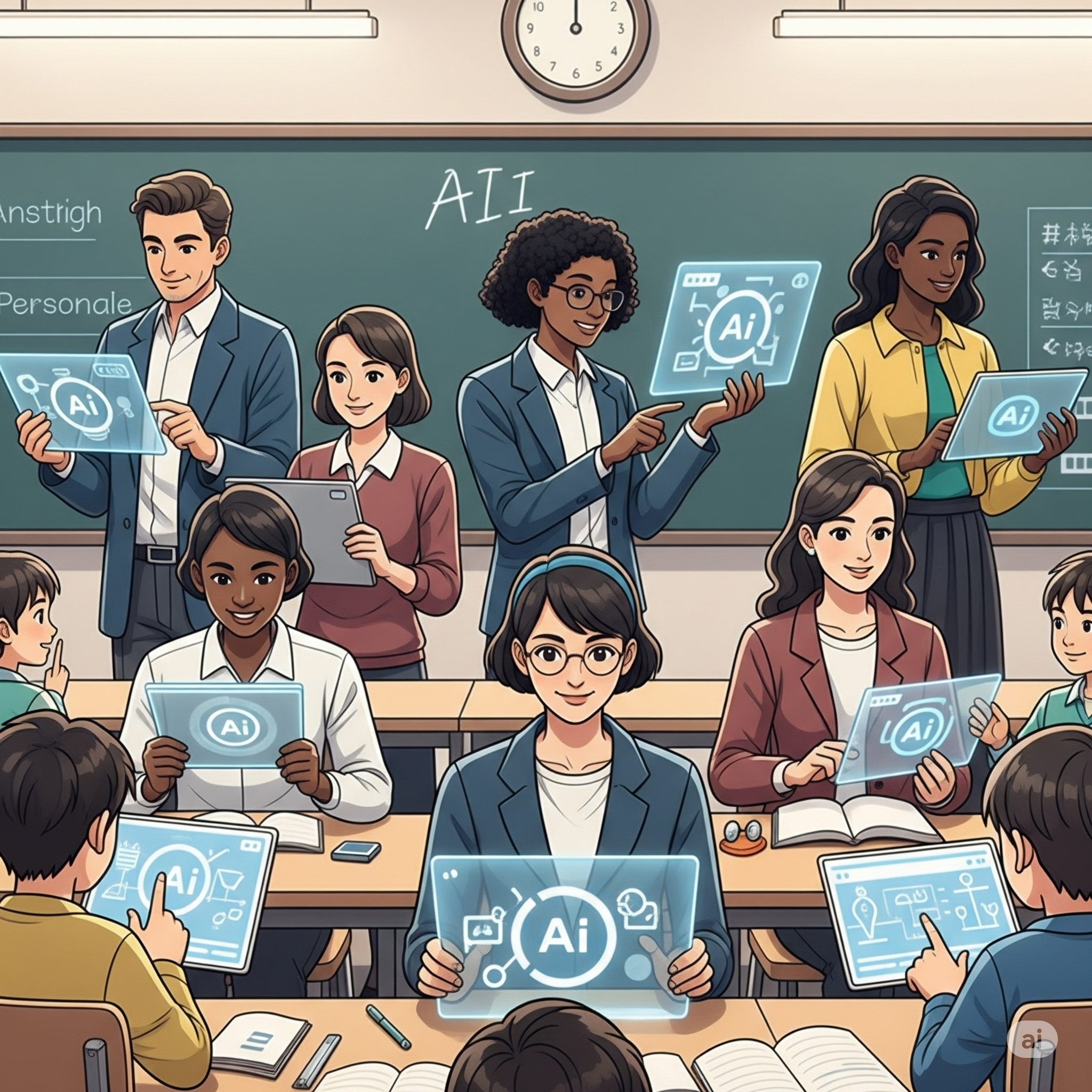
The 2025 classroom is more than a lecture hall and chalkboard space—it’s a smart classroom, powered by smart tools that aid teachers in teaching better and students in learning better. The heartbeat of this transformation is Artificial Intelligence (AI), which is transforming how teachers plan, teach, grade, and communicate.
From personal learning to automated marking, AI isn’t replacing teachers—it’s amplifying them. But with all the tools available, which ones are worth paying attention to?
Let’s talk about the top AI tools every teacher should have in their digital toolbox this year.
1. Khanmigo by Khan Academy
Khanmigo is an AI instructional assistant that assists with breaking down difficult ideas, responding to students’ questions, and even facilitating simulated real-time discussions for practice in language. Having another teacher in the room.
Why it’s a must-have:
Aids differentiated instruction and provides students with real-time assistance—particularly in massive classes.
2. Gradescope
Grading exams and essays can be a drudge. Gradescope uses AI to speed up grading, recognize patterns in student errors, and offer feedback at scale.
Why teachers love it:
Saves dozens of hours of human time without compromising on consistency of grading.
3. Socratic by Google
This is an open-source option that allows students to snap a picture of a question and receive explanations from AI. Teachers can use it as a complement to problem-solving on their own and checking classwork.
Bonus: It’s for math, history, and science.
4. MagicSchool.ai
MagicSchool is an educator-focused AI tool that helps with planning lessons, rubric creation, composing emails to parents, and even developing classroom activities—all through a few clicks.
Teacher-created, teacher-implemented—designed to solve the actual real-time needs teachers face on a daily basis.
5. Quizizz AI
Already widely utilized, Quizizz now incorporates AI functionality that generates quizzes based on a subject or course, making formative assessment faster and more personalized.
Classroom benefit:
Motivates students while offering teachers immediate feedback regarding zones of areas of knowledge gaps.
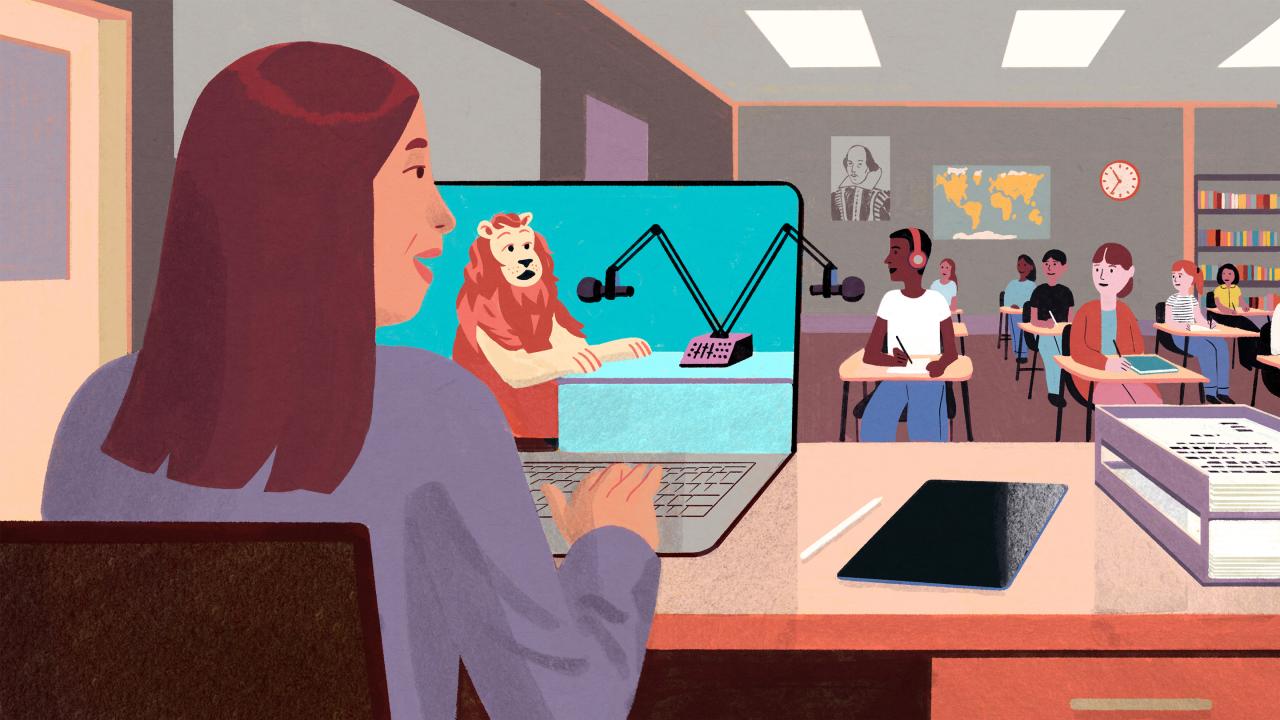
6. Curipod
Curipod uses generative language AI to help teachers create engaging presentations, polls, and discussions from their learning objectives. It increases classroom engagement and inquiry-based learning.
Best for: Teachers who want to make lectures more interactive.
7. Otter.ai for Transcription & Notes
Otter live-transcribes lectures, meetings, or parent-teacher conferences with high accuracy. It even identifies key themes using natural language processing.
Teacher tip:
Use Otter to generate automated summaries for absent students.
8. Canva with AI Magic Tools
Canva features AI-activated design, copywriting, and layout helpers that make visually stunning classroom materials, infographics, and slides a breeze to produce.
Why it’s useful:
Ideal for project-based learning and cross-disciplinary creativity.
9. Edmentum Exact Path
Edmentum’s adaptive learning software uses AI to test students’ math, reading, and language arts levels and then guides them along customized pathways to learn at their own pace.
Why teachers prefer it:
Well-designed to assist differentiated instruction by skill level.
10. ChatGPT for Teachers
Teachers are using ChatGPT (with education-focused prompts) to develop lesson plans, provide enrichment activities, and role-play historical events or scientific concepts.
Note: It is best when complemented by good policy and oversight.
How AI Supports the Modern Educator
AI is not a replacement for human interaction—it is an opportunity to make time for it. While grading, lesson planning, and data tracking are automated, the teacher has time for the most important aspect: mentoring, motivating, and inspiring students.
AI empowers:
- Access learning through accessibility features (text-to-speech, translation)
- Early intervention through real-time monitoring of data
- Increased feedback loops that allow students to get better all the time
Final Thoughts: Teaching Smarter, Not Harder
In an age of dwindling attention spans and rising expectations, teachers need tools to support them, not obstruct them. Properly designed AI can be a trusted teaching assistant—one that listens, adjusts, and adapts to the needs of every classroom.
So if you’re still not convinced about AI, here’s the thing: You don’t have to be a master of every tool—just the ones that supplement your teaching. The future of learning isn’t technologically-powered—it’s teacher-powered.


